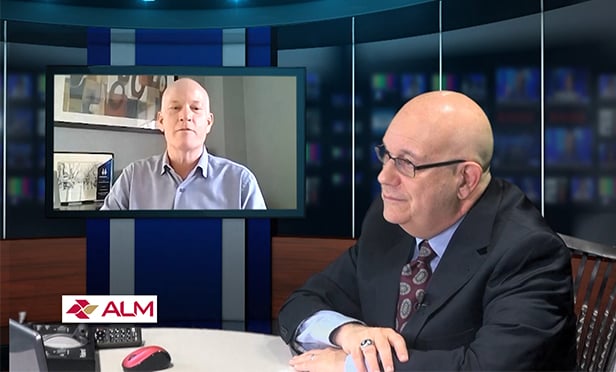Real Estate Southern California
RESOCAL: From a cost effectiveness point of view, tell me the different between renewable energy projects like solar panels or wind power and energy efficient projects?
TONY LIOU: Renewable energy projects are similar to energy efficiency projects in that they reduce energy cost, reduce greenhouse gas emissions, and promote a green image. From a cost effectiveness standpoint, building owners should first implement standard energy efficiency measures before implementing a renewable energy project. Reducing energy costs by increasing efficiency will be a lot cheaper and more effective than implementing renewable power right away. Consider it as a second step.
RESOCAL: Tell me a little bit about Energy Star labeling.
LIOU: Energy Star is joint venture between the EPA and DOE and provides a way to compare the energy efficiency of buildings within a peer group. Energy Star provides a rating from 1 to 100 with a 100 being the most efficient. Buildings that are certified by a professional engineer to have a rating of 75 or above and meet minimum environmental standards qualify for the energy star label. The Energy Star portfolio manager is a great benchmarking tool used to set target energy reduction goals based on energy costs, energy star rating, and greenhouse gas emissions.
RESOCAL: What are the biggest obstacles to implementing energy efficiency projects?
LIOU: Ironically, the same reasons that building owners are considering energy efficiency projects are also the obstacles to doing so. The biggest problem is financing. America's current recession is forcing building owners to cut costs but the financing needed to implement energy efficiency projects is extremely limited. The good news is that there are still incentives and rebates being offered by utilities, state and federal government that can significantly reduce the costs of many efficiency projects. In addition, many states are beginning to enact energy efficiency disclosure laws including California, which requires all non-residential buildings to disclose their energy star rating. More and more tenants see building energy efficiency as much a factor as rent and amenities when considering leasing space.
RESOCAL: How is the government helping in terms of financing?
LIOU: The federal, state, and local governments have many programs to help finance efficiency projects. Identifying and applying for these programs, however, can be quite complicated. The few newer and more obscure ones such as tax credits for solar photovoltaic systems, will soon turn into grants that can save building owners up to a third of the cost of the installation. The EPA Act of 2005 provides a tax credit for energy efficiency projects if the project' efficiency exceeds a certain baseline level. Certain cities also have passed bond measures to finance energy efficiency and renewable power generation projects that are paid back by property taxes. The SBA has a loan program that will provide up to a $4-million debenture if the project implements an energy efficiency or renewable power generation project.
Continue Reading for Free
Register and gain access to:
- Breaking commercial real estate news and analysis, on-site and via our newsletters and custom alerts
- Educational webcasts, white papers, and ebooks from industry thought leaders
- Critical coverage of the property casualty insurance and financial advisory markets on our other ALM sites, PropertyCasualty360 and ThinkAdvisor
Already have an account? Sign In Now
© 2024 ALM Global, LLC, All Rights Reserved. Request academic re-use from www.copyright.com. All other uses, submit a request to [email protected]. For more information visit Asset & Logo Licensing.








